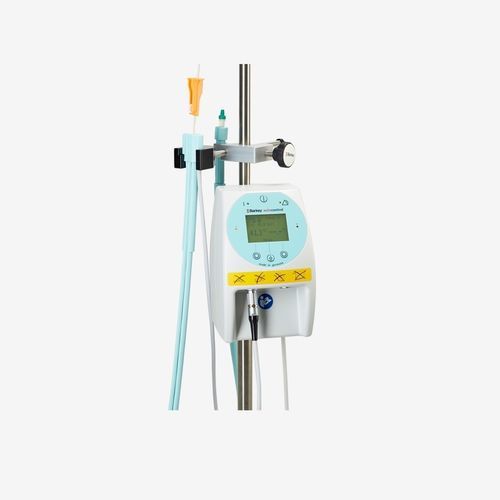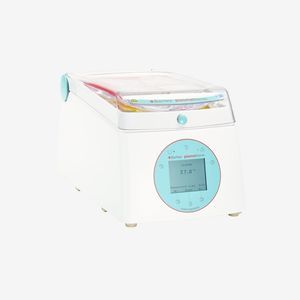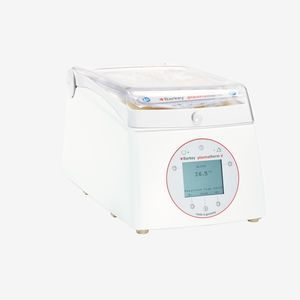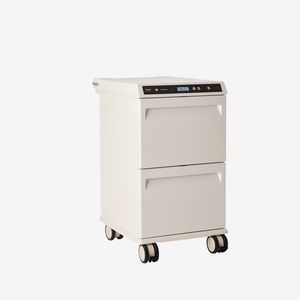
Intensive care infusion warmer 3 XPT
Add to favorites
Compare this product
Characteristics
- Applications
- intensive care
Description
Warms blood and infusion solutions to the desired target temperature. This can be done safely and easily with the Barkey autocontrol and the Barkey autoline.
No heat loss
Heating of the fluid up to the patient.
Hygienic
No consumables needed and easy to disinfect.
Easy to use
Suitable for any standard infusion set.
Barkey autocontrol + autoline
The Barkey autocontrol is the control unit of the low flow solution to which the Barkey autoline is connected. The Barkey autocontrol is used to control the temperature of the green Barkey autoline into which the infusion set is inserted in order to heat the blood and infusion solutions.
Reliably safe
Blood and blood products as well as infusion solutions are gently warmed all the way to the patient. The warming device operates with a temperature range of +33 °C to +43 °C and offers connections for two Barkey autolines. This allows flow rates of up to 25 ml per minute to be achieved and reach the patient at the ideal temperature.
Handling and no consumables
The Barkey autocontrol control unit is first attached to an infusion stand or standard rail and then switched on. The Barkey autoline is then connected to the control unit. The display shows the automatic connection of the heat profile as well as the set target value. After a standard infusion set has been inserted into the green warming profile, the Barkey warming system is ready for use. There is no need for any disposable items.
Specifications Barkey autocontrol 3 XPT
Mains supply 230 V 50/60 Hz or 115 V 50/60 Hz
Power consumption 200 VA/115 V, 220 VA/230 VA
Set temperature depending on connected warming device
Weight approx. 3.7 kg
Catalogs
Barkey autotherm
2 Pages
Barkey autoline
2 Pages
*Prices are pre-tax. They exclude delivery charges and customs duties and do not include additional charges for installation or activation options. Prices are indicative only and may vary by country, with changes to the cost of raw materials and exchange rates.








